Diary of a Madman by Ozzy Osbourne
buy Diary of a Madman There is something pure about Ozzy Osbourne that makes him so endearing to his fiercely loyal fans. Without pretension, this big, overbearing lug that just plugs away at […]
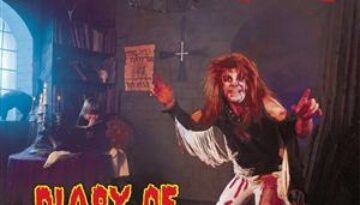
buy Diary of a Madman There is something pure about Ozzy Osbourne that makes him so endearing to his fiercely loyal fans. Without pretension, this big, overbearing lug that just plugs away at […]
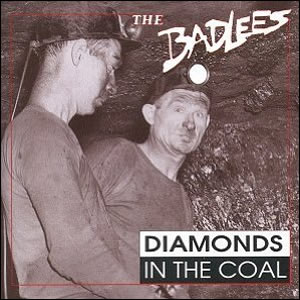
Buy Diamonds In the Coal At a time when many in the rock world were in the process of re-imaging from the slick 80’s hair band to the grungy 90s alternative, a young […]

Buy Diamond Dogs Following the successful album and tours of the conceptual The Rise and Fall of Ziggy Stardust and the Spiders from Mars, David Bowie decided to try another rock-opera-style piece based […]
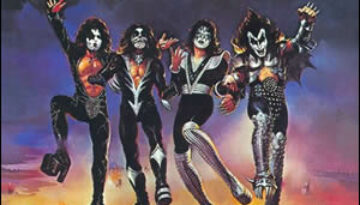
Buy Destroyer On the brink of mainstream success, glam rock band Kiss set out to create a serious studio album by enlisting Alice Cooper’s producer Bob Ezrin. In producing the band’s fourth album, […]
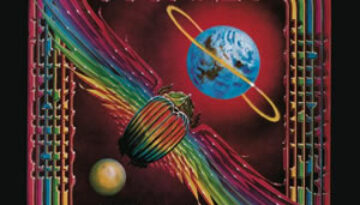
Buy Departure Journey continued their climb to rock superstardom with 1980’s Departure, the group’s highest charting studio album of the six with founding keyboardist and vocalist Gregg Rolie. This album contains a diverse […]
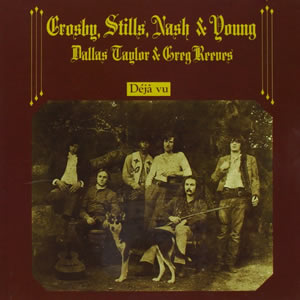
Buy Déjà Vu Déjà Vu is the sophomore effort by the super group with the expanded name of Crosby, Stills, Nash & Young, after the addition of Neil Young to the group. Each […]
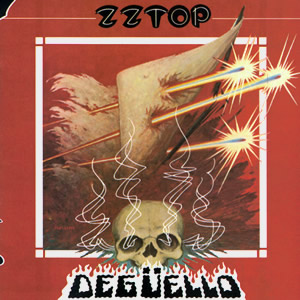
Buy Degüello ZZ Top came back from an extended break to close out the 1970s with Degüello, their sixth studio release. Mirroring the group itself, this album is as much about an attitude and […]
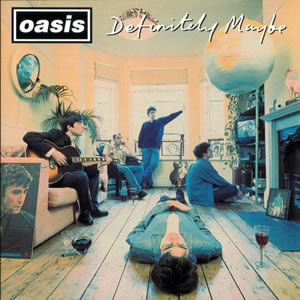
Buy Definitely Maybe A tremendous commercial success, Definitely Maybe is the 1994 debut album by Oasis. This album was instrumental in revitalizing the bright and optimistic “Britpop” movement in the midst of an […]
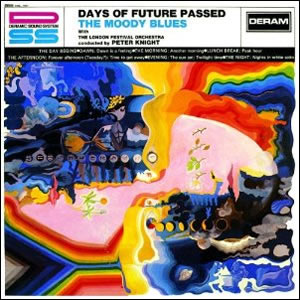
Buy Days of Future Passed Although Days of Future Passed is the second official album by The Moody Blues, it was the first to lay out the prog-rock template which would define the […]
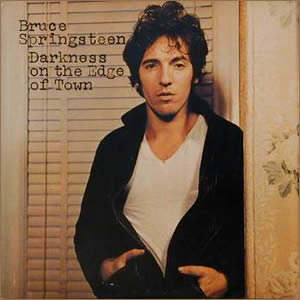
Buy Darkness On the Edge of Town Bruce Springsteen set out to make a rural influenced album with Darkness On the Edge of Town, the long awaited follow-up to his 1975 breakthrough, Born to […]